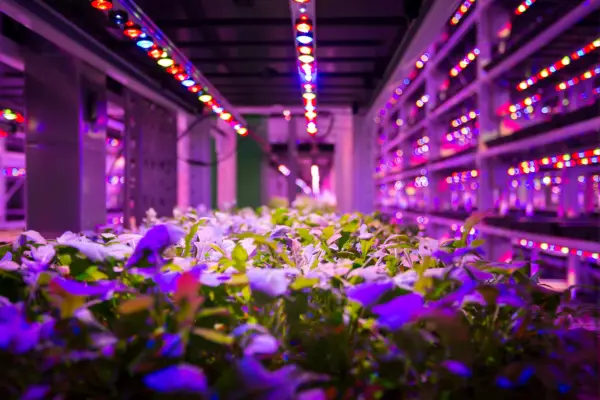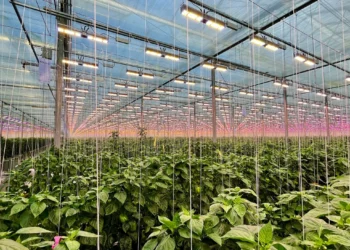Indoor farming has evolved from basic hydroponic setups to high-tech environments driven by precision agriculture. At the heart of this evolution lies lighting—an essential factor for plant development, yield optimization, and energy efficiency. For researchers, commercial growers, and biologists, lighting isn’t just a source of illumination; it’s a controllable variable that can drive specific biological responses in crops.
Full-spectrum LED grow lights are increasingly replacing narrow-band or legacy lighting systems because they simulate the complete range of sunlight wavelengths. This spectral completeness allows for more accurate manipulation of plant physiology, making them ideal for both production and scientific study.
Scientific Accuracy in Photobiological Responses
Photosynthesis is not the only plant process influenced by light. Phytochrome activation, circadian rhythms, flowering, and defense responses are also light-sensitive. Full-spectrum lights, by covering UV-A to far-red regions, enable researchers and biologists to study and stimulate these responses with higher accuracy.
Limited-spectrum LEDs can skew outcomes by over-relying on blue and red peaks. In contrast, full-spectrum lighting supports balanced PAR and non-PAR responses, offering better alignment with real-world crop behavior.
Uniformity in Crop Development and Data Collection
Uniform lighting leads to uniform plants. In research trials, variability caused by inconsistent spectral quality can compromise results. In commercial production, it affects grading and market value.
High-quality full-spectrum LED luminaires help reduce plant-to-plant variation by delivering a consistent spectrum across the growing area. This uniformity allows researchers to collect reliable data and growers to deliver predictable outcomes. Valoya’s horticultural lighting solutions are engineered with spatial uniformity and spectral stability in mind—two parameters that directly impact trial reproducibility and crop homogeneity.
Enhanced Control Over Plant Morphology
The ability to control morphological traits like internodal length, leaf area, root development, and flowering time is a significant advantage of full-spectrum lights. Far-red wavelengths (700–750 nm), for instance, influence the shade-avoidance response and flowering induction, while UV-A can trigger protective phenolic production.
By integrating these wavelengths, full-spectrum LEDs give growers more precise tools to shape plant architecture without relying on chemical regulators. In vertical farming or compact growth environments, this is crucial for maximizing plant density while preserving quality.
Energy and Heat Efficiency in Closed Systems
From a technical operations perspective, full-spectrum horticultural lighting solutions significantly reduce power consumption. They provide higher μmol/J output compared to HPS systems while producing less radiant heat, which is critical for temperature-sensitive crops or tightly controlled chambers.
Lower thermal load reduces the burden on cooling systems, stabilizing microclimate and cutting operational costs. For researchers with multi-chamber facilities or biologists working on heat-sensitive cultivars, this ensures that temperature is not a confounding variable in studies.
Long-Term Spectral Stability for Research Validity
Spectral drift in lighting equipment can impact results over time, particularly in long-term breeding or phenotyping studies. Reliable lighting systems must maintain their spectral output through thousands of operational hours.
Valoya’s LED grow lights are tested for long-term spectral consistency, ensuring that the light composition remains stable throughout the lifecycle of experiments. This makes them a trusted option in academic and corporate research institutions conducting repeatable, year-long trials.
Full-spectrum high-quality horticulture lights have moved beyond being a “sunlight substitute.” They are now precision tools that enable functional, physiological, and biochemical plant responses in tightly controlled environments. As plant lighting becomes increasingly data-driven and crop-specific, full-spectrum solutions will continue to lead the field in both scientific and commercial horticulture.














